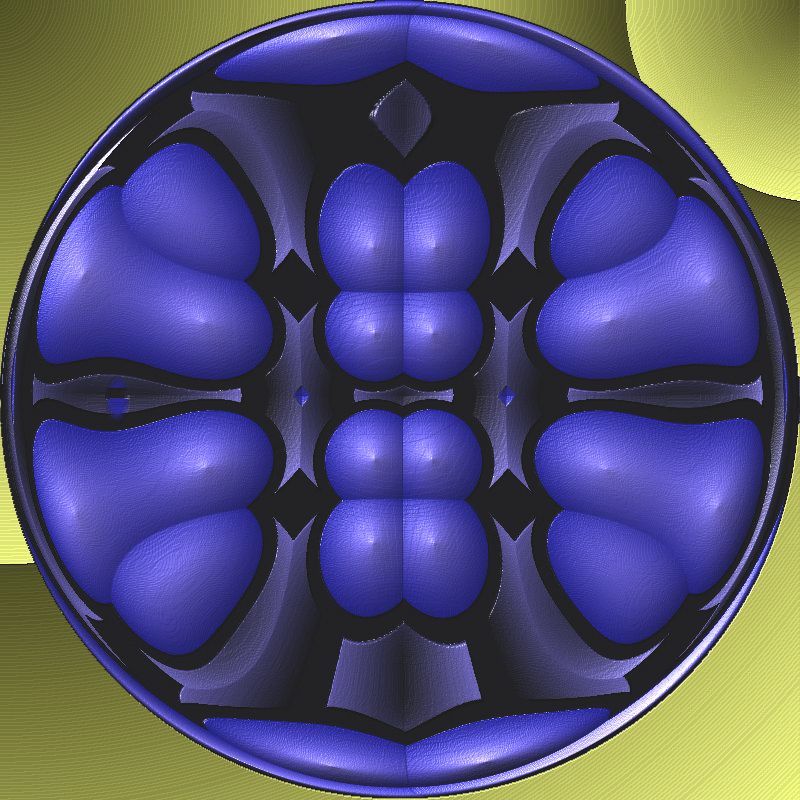Though the math is hard the concept of Quantum Mechanics is easily graspable by most intelligent individuals. The key is realizing that what you think of as reality isn’t really very real at all, and is instead the product of your observation.
The classic case is of course Schrödinger’s cat where the cat is either alive or dead based on a quantum state that theoretically can not be known until you measure it at which time it’s resolved in a binary fashion. The cat is either alive OR dead.
Of course common sense tells you that any cat you keep locked up in a box since 1935 is pretty surely dead, but quantum mechanics is designed for the study of very small and ephemeral items like photons at which it has amazingly useful predictive value.
Now that’s all very well and good, but what has physicists scratching their heads is the asymmetry of the forces we see working on a large scale, like cats for instance, and the distinct lack of anti-cats (cats made of anti-matter) when at a quantum level there is no reason to favor one over the other.
Another puzzler is that in the Standard Model (that’s why the Higg’s Boson is such a big deal is that it confirms the Standard Model) Quantum Entities are most often created in pairs and it is possible to infer the value of one member of such a pair by examining the other regardless of the distance between them.
Yup, faster than the speed of light.
Now one of the interesting limitations of modern computers is that they use electrons to store and process information and electrons, while fast, are no faster than light speed. The late great Grace Hooper used to carry around 11.8 in lengths of copper wire to illustrate how far a nanosecond was. If you read the specifications of RAM a speed of 8 or 9 nanoseconds (which is pretty gosh darn fast actually) means an electron can travel no more than about 8 feet.
Quantum computing erases that speed limit (in addition to some other wackier things like storing information in several dimensional states instead of a simple binary on/off condition).
In any event the NSA has been experimenting with quantum computing in the hopes of solving the most difficult encryption available in reasonable amounts of time instead of some point after the heat death of the Universe.
Despite the scary title the good news from this report is that they haven’t gotten much farther along than anyone else.
NSA seeks to build quantum computer that could crack most types of encryption
By Steven Rich and Barton Gellman, Washinton Post
Thursday, January 2, 4:24 PM
The development of a quantum computer has long been a goal of many in the scientific community, with revolutionary implications for fields like medicine as well as for the NSA’s code-breaking mission. With such technology, all forms of public key encryption would be broken, including those used on many secure Web sites as well as the type used to protect state secrets.
Physicists and computer scientists have long speculated whether the NSA’s efforts are more advanced than those of the best civilian labs. Although the full extent of the agency’s research remains unknown, the documents provided by Snowden suggest that the NSA is no closer to success than others in the scientific community.
…
Quantum computing is so difficult to attain because of the fragile nature of such computers. In theory, the building blocks of such a computer might include individual atoms, photons or electrons. To maintain the quantum nature of the computer, these particles would need to be carefully isolated from their external environments.“Quantum computers are extremely delicate, so if you don’t protect them from their environment, then the computation will be useless,” said Daniel Lidar, a professor of electrical engineering and the director of the Center for Quantum Information Science and Technology at the University of Southern California.
This is of course due to their quantum nature. Once someone, anyone, looks at the cat they’re either alive or dead.


 On this day in 1962,
On this day in 1962, 
